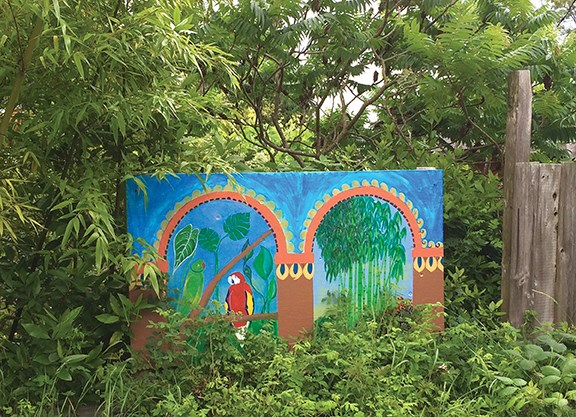The September Elphinstone Community Association (EC) meeting was held over Zoom on Sept. 9 and it seems that some people are still having trouble accessing the technology. Some like meeting virtually, while others long to get together again in person. Since the SCRD is currently allowing no more than 14 to meet in Frank West Hall, it seems that we will have to meet over Zoom for a while as there were considerably more than that at the virtual meeting.
Guest speaker Ruth Simons gave a fabulous presentation on behalf of the Howe Sound Biosphere Region Initiative. Flowing from the Howe Sound Forums – a multi-level group that gets together twice a year to discuss issues – the organization has worked for several years to have Howe Sound designated as a UNESCO Biosphere Reserve. Ruth says that involving the Squamish Nation is an integral part of the initiative, which would be the 19th such reserve in Canada. The proposed biosphere region is 218,723 hectares of the Átl’ka7tsem/Howe Sound watershed stretching from the height of land in the mountains surrounding the sound, encompassing the many streams that flow into it. Chaster Creek in Elphinstone forms the westernmost boundary.
I was surprised to learn how far along this project is – the 390-page proposal has been endorsed by the Canadian Commission and is now going to a committee of UNESCO in Paris for review. Ruth expects the designation as a UNESCO Biosphere Reserve to be announced next year. Bravo to this hard-working group! Read more about the project at: www.howesoundbri.org.
Here in Elphinstone, at the western edge of the Howe Sound biosphere region, a dedicated group of Streamkeepers have been monitoring Chaster Creek, the largest in Elphinstone, that used to be a major fish-bearing stream. With deforestation and development along its banks and its tributaries, this gem of a stream running through our community is in grave danger. The volunteers – Angela Kroning, Larry Reid, Lorraine Harrison, Brian Thicke and occasionally Donna McMahon (when she has time) – walk the creek taking samples and measurements that are submitted to the umbrella group, chaired by Shirley Samples. The data is then forwarded to the Pacific Streamkeepers Federation and to DFO Stock Assessment.
In their regular forays into the creek last year they were able to find evidence of only 12 spawning salmon. Collapsing banks and a build-up of debris make passage and spawning difficult for returning salmon. Angela says that with climate change and more intense rainfalls, there has been a loss of gravel that salmon depend upon for spawning. She pointed out that it is difficult to judge what is going on in the tributaries as maps are inaccurate, particularly since some streams have been diverted.
She emphasized the need to stabilize Chaster Creek and its tributaries or its recovery will not be possible. People need to realize that clearing or dumping debris near streams greatly impacts river banks and the fragile biology of these critical habitats. Hard surfaces lead to faster flowing water and greater likelihood of issues downstream, whereas forest cover absorbs rain, stabilizes slopes and prevents excessive runoff. Angela said they would like to secure funding to hire professionals to do more in-depth research. A big thank you to these “citizen scientists.”
Let me know of Elphinstone community news at: [email protected]



